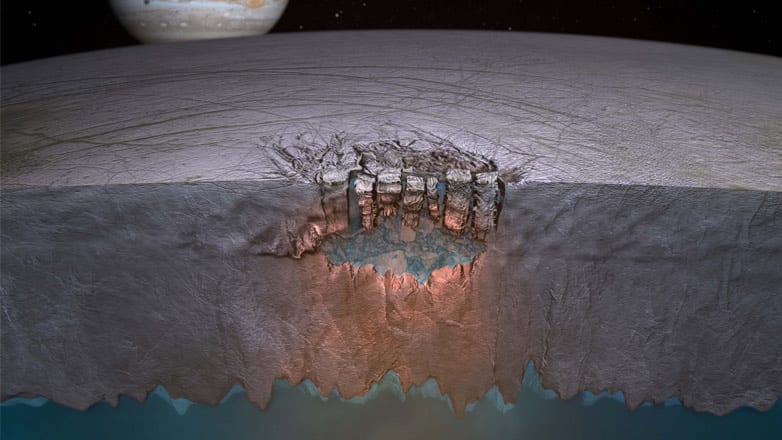
Project Stats
Client:
NASA
Status:

in progress
Project Overview:
Motion control electronics for use in extremely cold environments
Extreme Environment Exploration
Robotic Controls for Extreme Low-temperature Environments
NASA’s exploration roadmap calls for missions to planets, moons, and asteroids where temperatures can reach some serious extremes. For example, robotics operating on the surface of Titan, Saturn’s largest moon, would be likely to encounter temperatures of -179°C. On our own Moon, when the Sun goes down, temperatures can drop to -173°C, and rise to over 127°C when the Sun rises.
Traditionally, the solution to operating robotics in extreme-cold temperatures has been to insulate critical electronic components and provide heat to allow them to operate. But, insulation requires physical space and adds weight to launches, two things that are a costly premium on any space mission. And, producing heat requires significant amounts of energy that has to be generated, stored, and diverted from other tasks.
Developing the DACEE
Motiv Space Systems developed the Dual Axis Controller for (use in) Extreme Environments (DACEE) under the NASA Small Business Innovation Research program. At its core, the DACEE is a robotic controller that’s capable of functioning at temperatures as cold as -180°C and as warm as 100°C.
This hardware will allow more efficient robotic missions to asteroids, comets, Phobos and Deimos, Titan, Ganymede, Mars, and our own planet’s Moon.
The DACEE has a wide range of applications in space robotics for both NASA and commercial missions. It can be used to adjust lenses and antennas, open covers, pan, and tilt cameras, and devices, deploy hinges and drive a robotic arm.
In addition to its successful operation in extreme temperatures, the DACEE motion controller is built with a small form factor that requires minimal power to operate. This means that the DACEE can be mounted at or near a robot’s instrumentation, simplifying the system’s control needs.
Together, these features and capabilities make the DACEE a likely component in future Martian and lunar rovers, as well as innovative robotics like COLDArm designed to explore asteroids, comets, and far-flung moons and planets throughout our solar system.
Key Features & Specifications
Unique Features
Wide temperature operational range (-180°C to 100°C)
Small form factor
Radiation tolerance (100 kRad)
Dual-axis brushless or stepper motor control
Key Benefits
Eliminated need for heaters
Simplified integration into spacecraft and instruments
Targeted Destinations
Comets
Asteroids
Titan
Phobos
Moon
Deimos
Mars
Applications
Robotic arms
Protective cover releases
Instrument boom deployments
Lens adjustments
Antenna Pointing
Biaxial Gimbals
Additional Upcoming Missions
Venus Exploration
Motiv is currently developing a motor controller capable of operations at -200°C. This innovative technology will allow new mission capabilities in a variety of destinations such as the Icy Moons.
